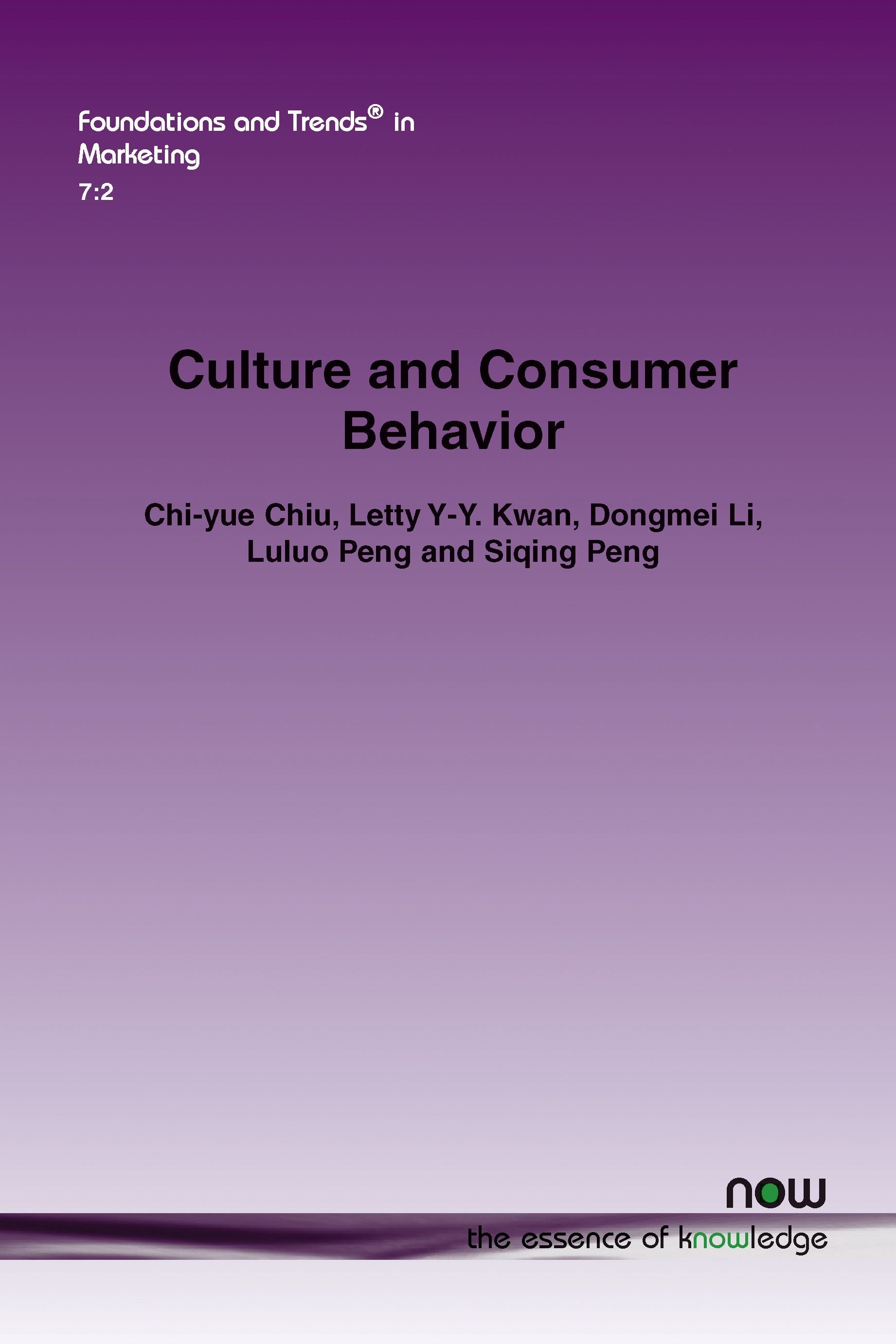Culture and Consumer Behavior explains the importance of cultural literacy in marketing, and why a solid understanding is vital to successful international marketing efforts. The authors use a conceptual and empirical framework for analyzing how culture affects consumer behaviors, and provide 7 steps for understanding the influence of culture on consumer behaviors. The 7 steps are as follows: 1. Identify the key components of culture. 2. Find out and describe the major clusters of countries or regions based on their similarities and differences in consumption behaviors. 3. Relate similarities and differences in consumption behaviors to key components of culture. 4. Develop and test specific hypotheses regarding the joint effects of different components of culture on consumption behaviors. 5. Track the changes in consumption behavior within a country in response to social and economic development. 6. Formulate and test specific hypotheses regarding the joint effects of different components of culture on changes in consumer behaviors within a country. 7. Conduct experimental studies to understand when consumers will follow cultural norms and when they will not. Culture and Consumer Behavior demonstrates the value of this approach by using it to model tourist consumption, combining business analytic and experimental methods. The authors go on the conclude that the full implications of this way of thinking about culture for marketing remain to be exploited in future research, and present suggestions for developing more dynamic theories of culture and consumer behaviors.












